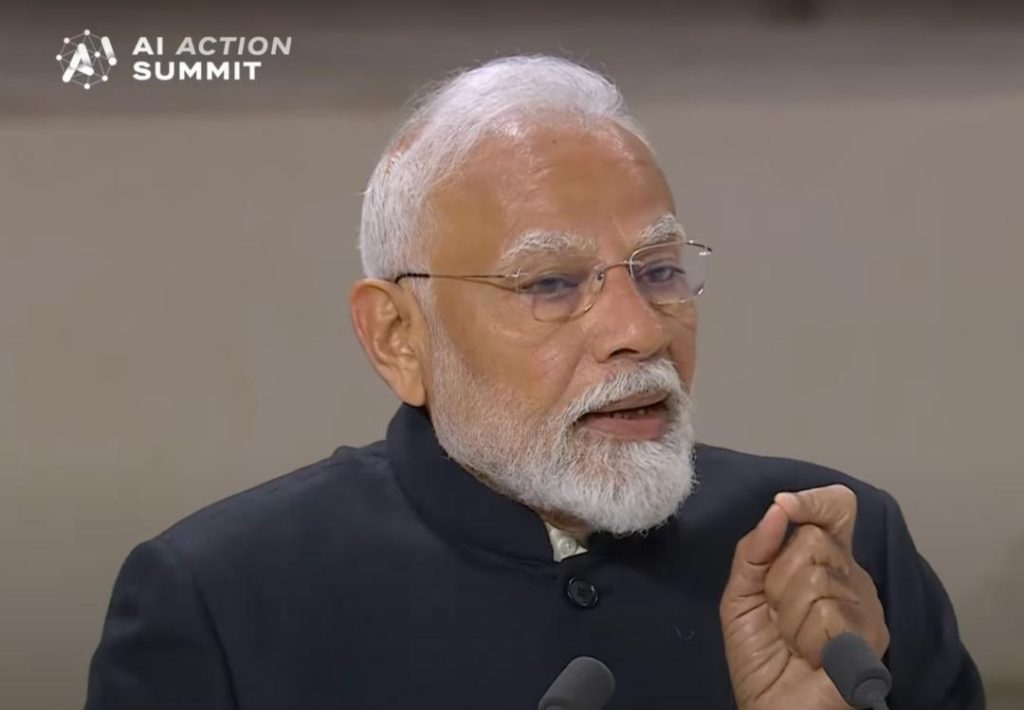
AI Can’t Draw a Pic of a Person Writing with Their Left Hand: PM Modi
Recently, at the AI Action Summit in Paris, Prime Minister Narendra Modi made a thought-provoking statement about the limitations of Artificial Intelligence (AI). While highlighting the capabilities of AI, he also pointed out its vulnerability to biases and limitations in its training data. The statement has sparked a lively debate about the potential and pitfalls of AI.
During his address at the summit, PM Modi mentioned that AI has the ability to analyze and interpret complex medical reports. He said, “If you upload a medical report to an AI app, it can explain what it means for your health.” This is an impressive feat, showcasing the potential of AI to assist in healthcare diagnosis and treatment.
However, PM Modi then took a more nuanced approach, highlighting the limitations of AI. He said, “If you ask an AI app to draw an image of someone writing with their left hand, it’ll most likely draw someone writing with their right hand, because that’s what training data is dominated by.” This statement may seem trivial, but it holds significant implications for the development and application of AI.
So, what does PM Modi’s statement mean? In essence, it highlights the importance of understanding and addressing the biases that are present in AI’s training data. AI is only as good as the data it is trained on, and if that data is biased or incomplete, AI will also reflect those biases.
The example of drawing an image of someone writing with their left hand is a telling one. The majority of people, including artists and designers, are right-handed. As a result, most images and illustrations of people writing or drawing are depicted with their right hand. This means that AI, which is trained on these images, is more likely to recognize and replicate the dominant pattern of right-handedness.
This limitation is not unique to image recognition or drawing. AI is also susceptible to biases in text analysis, speech recognition, and decision-making. For instance, AI algorithms that are trained on datasets containing discriminatory language or biases may perpetuate those biases in their outputs.
The importance of addressing these biases cannot be overstated. As AI becomes increasingly integrated into various aspects of our lives, from healthcare to finance to education, it is essential that we ensure that it is fair, transparent, and unbiased.
So, what can be done to address these biases? There are several steps that can be taken:
- Diverse and representative training data: AI algorithms should be trained on diverse and representative datasets that reflect the complexity and nuances of human experience.
- Awareness and transparency: AI developers and users should be aware of the potential biases in AI and strive for transparency in its decision-making processes.
- Regular testing and evaluation: AI systems should be regularly tested and evaluated to identify and mitigate biases.
- Inclusive design: AI systems should be designed with inclusivity in mind, taking into account the diverse needs and experiences of different individuals and groups.
In conclusion, PM Modi’s statement about AI’s limitations in drawing an image of someone writing with their left hand serves as a reminder of the importance of addressing biases in AI. As AI continues to evolve and become an integral part of our lives, it is essential that we prioritize fairness, transparency, and inclusivity in its development and application.





